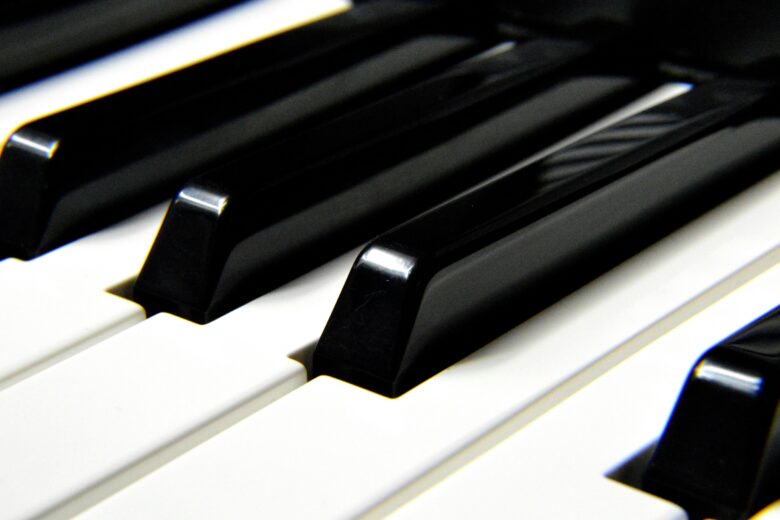I have a confession. Though I am a highly capable sight reader and enjoy helping my students learn to read music, as a performer I often prefer piano improvisation over reading sheet music. For example, last year I did about a dozen solo piano shows, including a luncheon, a private Holiday party, a wedding reception, and a standing Sunday gig at a retirement home. For each show, I mostly improvised using lead sheets.
Lead sheets put the basics of the music on a single page or two. They are a compact, convenient way of showing the essentials of the song. They may not be ideal for playing a Beethoven Sonata or Chopin Nocturne–with their exacting nuances and details–but they work well for pop, rock, and jazz tunes.
I like lead sheets because they allow flexibility. Rather than feeling tied down to the exact notes in front of me, I always have options about how I play a song. What’s more, using lead sheets usually involves less preparation than reading sheet music. And there are fewer pages to turn!
From a learning point of view, playing piano with lead sheets invites piano improvisation skills. As I write in Chapter 11 of “Play Piano: A Learner’s Guide to Playing, Writing, and Creating Music,“
“Lead sheets are designed for improvisers and are an excellent introduction to piano improvisation for beginning piano learners and music readers alike.”
In my experience, mentioning piano improvisation opens up a can of worms for many piano learners. If you are used to looking at sheet music–which lays out everything you are expected to play and how to play it–improvising, such as with lead sheets, may feel like being a stranger in a strange land. You may wonder, “What do I do when I don’t have the music telling me exactly what to do?”
A music reader learning to improvise might be compared to an athlete learning a new sport. The athlete may need to train in new ways, learn new skills, and develop a new set of muscles. This can be an adjustment, but all in all, it’s doable and happens all the time.
Similarly, you can learn to improvise.
In fact, anyone can be creative at the piano. Piano improvisation is not reserved for the rare individual who is “right brained” or “highly creative.” Nor is it only for learners after they’ve learned to read music, as many students who talk to me incorrectly assume.
I started improvising at about age five, encouraged by my dad, also a piano improviser. Maybe I was fortunate that nobody told me I needed to learn to read music or “play properly” before I could improvise. I’m telling you now that you don’t need to wait, either.
In fact, you can begin improvising at the piano right now by trying this simple exercise, also from Chapter 11 of my book:
The Power of Noodling
Here’s a simple trick: put your hand on the keys and move your fingers, playing one note at a time. Believe it or not, you are improvising! This process, known as noodling, is simple and non-threatening. Anyone can do it, regardless of their piano-playing experience. By noodling, you engage in creative play. That is exactly what improvisation is! Not only is creative play fun, it generates curiosity, which leads to learning. Great improvisers grow their skills from years of such experimentation.
Give it a try. You might be surprised!

